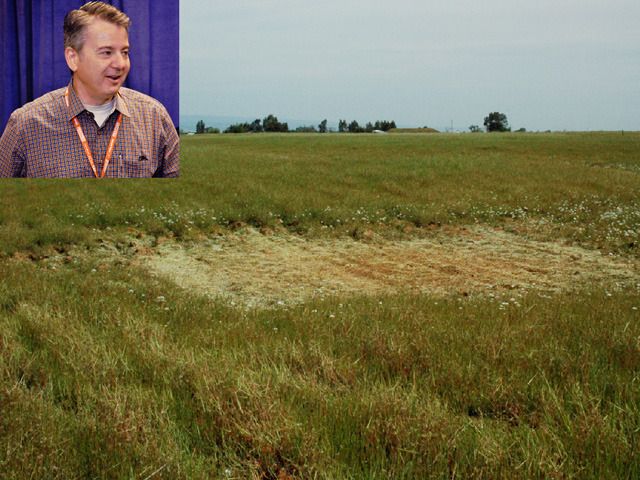Reading in the national post and the Royal Bank of Scotland is advising it's investors that stock markets could lose up to 20% of their value and WTI crude could bottom out at 16 USD. It is going to be a "cataclysmic year" according to the bank. The last time the banks outlook was this negative was before the Lehman crisis in 2008.
On a lighter note I was reading in the star the former Dragon Kevin O'Leary in a radio interview was begging Premier Notley to resign. He said he would invest 1 million in energy if she would quit. He feels her government is a disaster and her policies are costing Canada thousands of jobs. I can't say that I always agreed with his viewpoint but this did make me smile:-)
On a lighter note I was reading in the star the former Dragon Kevin O'Leary in a radio interview was begging Premier Notley to resign. He said he would invest 1 million in energy if she would quit. He feels her government is a disaster and her policies are costing Canada thousands of jobs. I can't say that I always agreed with his viewpoint but this did make me smile:-)
 /URL]
/URL]
Comment